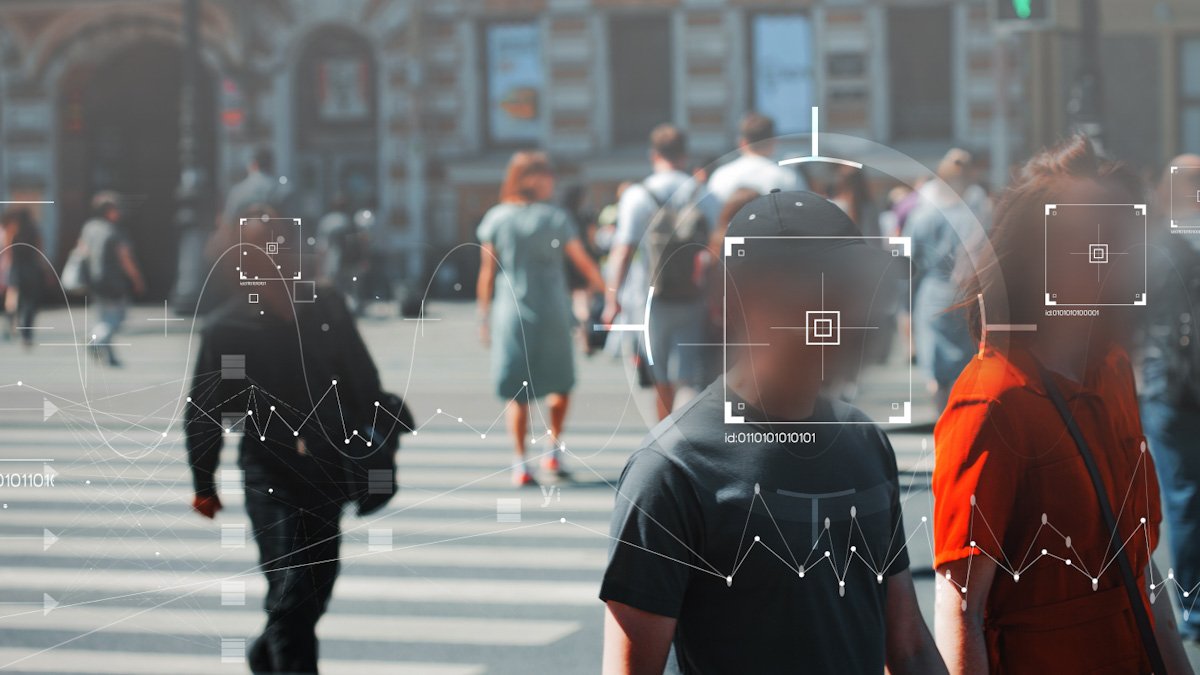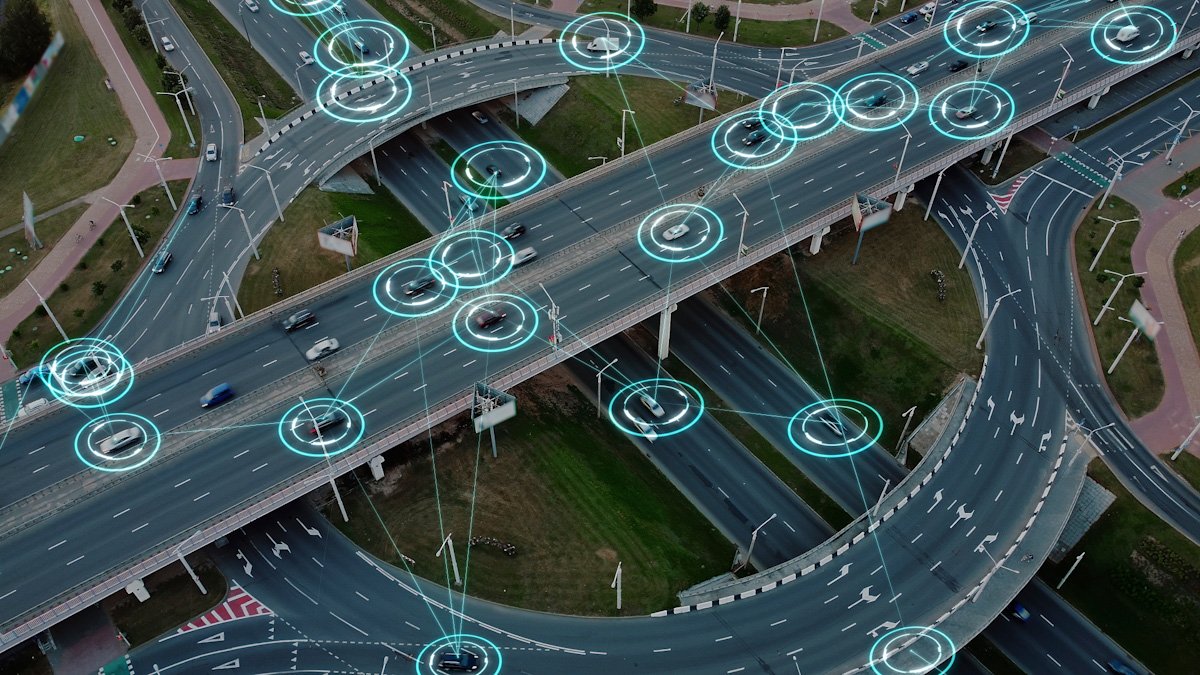
Is Asimov’s positronic brain already born/alive? Police units make extensive use of the possibilities offered by computer vision and other ML/AI algorithms, and its services are among the largest users of this modern technology. Almost in every area of activities related to ensuring security and prosecuting criminals, artificial intelligence techniques accelerate and improve the quality of police services.
Techniques of this type are well known from business, e.g. sales forecasting. In the field of profiling criminals based on the characteristics and location of the crime, properly programmed predictive models can be very helpful. Their main advantage, over ordinary rules and basic queries, is the ability to associate features that are not immediately noticed by humans.
An excellent source of data here are databases, which record, among others: all types of notifications to emergency hotlines, case files or data of suspected and convicted criminals along with their image (face), or data from forensic laboratories. Moreover, these days AI is working for AI, including cases where computer vision algorithms help analyze forensic evidence such as fingerprints, footprints including shoes, and DNA samples.
When designing such solutions, it is crucial to determine the essential features that can lead to the final result. Automated systems can determine patterns in existing database records, helping investigators identify potential leads and solve crimes more efficiently. In most cases, the main goal is to identify a narrowed group of suspects, but this may also apply to crime tools or the area of occurrence.
Predictive models must be well undxerstood by the police officers who use them, because they are not tools that replace the police but support their activities. Let’s just recall the vision from the movie Minority Report, where the principle of explainability of models and their principles of operation was not preserved and finally raised doubts … but we will not spoil it here 🙂
Unfortunately, as in most commercial companies, the police also struggle with the problem of data cleanliness and their integrity, not only in terms of sources but also geography. Central databases such as we can see in some movie series do not exist. The principle of “garbage in garbage out” also works here.

Computer vision is used for video surveillance, enabling police to monitor public spaces and critical infrastructure. Automated systems can analyze video recordings in real time, detect suspicious activity and alert law enforcement personnel. Here, the field of application is really wide, from detecting situations such as bank robbery, to support in the search for specific people, which is definitely easier with access to public monitoring. In most cases, re-identification models and eg. pose-estimation models, or models analyzing behavior can be useful here.
The facial recognition technology mentioned above is used by the police to match faces captured in surveillance footage or images with known databases such as criminal records or watch lists such as interpol. This helps in identifying suspects, locating missing persons and enhancing public safety. It is worth noting that facial recognition technology is under big debate due to privacy concerns and potential bias. It is not a simple dilemma, do we care more about privacy or the possible quick action of law enforcement or saving lives, taking into account the risks associated with the misuse of our data?

We have often seen drones identifying and tracking cars in movies, e.g. those that did not stop for roadside checks. In principle, it is not Sci-Fi anymore, of course, the technical possibilities of such solutions are far from those presented in movies. Still there are several basic features that, combined into one integrated system, help on a daily basis and give law enforcement a huge advantage when compared to the legacy systems used 15 years ago.
Let’s take as an example technology that has been developed for years, which is license plate recognition, experiencing its second life today! Computer vision systems equipped with Optical Character Recognition (OCR) can read and analyze vehicle license plates. This technology helps to identify stolen vehicles, track suspects drivers, enforce traffic laws in restricted areas. Who hasn’t received an envelope with a ticket generated automatically by the speed camera system, where the speed is measured at the same time when the system recognizes license plates, and then using a global vehicle database, associate it with a person or a company?
Another example is computer vision integrated in the street cameras, which is used to monitor traffic flow, detect traffic violations (such as running a red light or speeding), and optimizing traffic light times. This helps to improve road safety and reduce traffic congestion in cities and on crowded road sections. Here too, as in the case of forensics, we can imagine that re-identification models make searches between cameras in different parts of the monitored area, providing precise information in real time, e.g. about a stolen vehicle.

The above examples still do not have a perfect implementation, due to infrastructure limitations, both in terms of computing power and costs. It is enough to compare the investment in vision systems at the level of one building vs. e.g. the entire city, or a central database for the entire country or even many countries. The computational power needed to efficiently process real-time data is huge, and therefore it will be necessary to limit the use of this technology to the most sensitive areas of police services for a long time to come.
Finally, the icing on the cake! Let’s take the widely discussed GPT algorithm as a background, one can imagine that the algorithm, or rather its implementation in the police system, connected and learned on the data available to the police, reads user prompts and gives understandable answers based on the results of other models and sources. Then we get a little closer to the vision straight from the CSI movies.